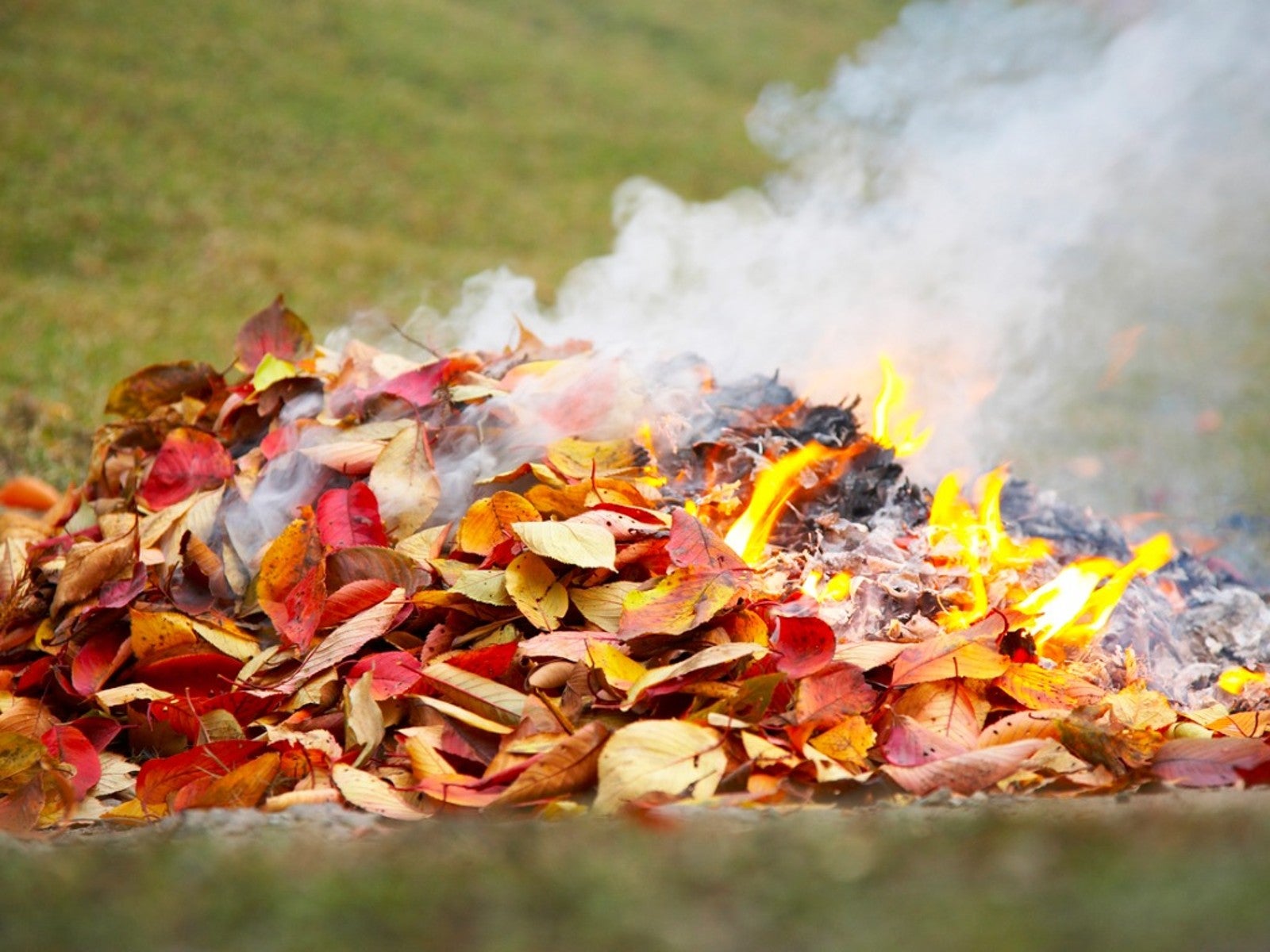Why You Should Never Burn Poison Ivy


“Leaves of three, let them be.” Somewhere along everyone’s childhood, that little rhyme about poison ivy is memorized. And if you spend much time outdoors, that poem really is helpful in determining which plants to avoid. So, if you find poison ivy and want to eradicate the plant, is it safe to burn poison ivy?
Learn Why Burning Poison Ivy Is Dangerous
Poison ivy (Toxicodendron radicans), poison oak (T. diversilobum) and poison sumac (T. vernix) can produce an allergic reaction if any part of the plant - leaves, stems, roots or berries - is touched, bruised, crushed, cut or burned. The colorless oil, urushiol, is quickly absorbed by the skin and can adhere to clothing, pet fur, camping equipment, and yard tools. Touching those items even weeks later can cause a reaction, referred to as contact dermatitis.
What Happens if You Burn Poison Ivy?
Is burning poison ivy dangerous? Inhalation of smoke from burning brush piles containing any of the poison ivies can irritate the nasal passages, the oral cavity, and the lungs. Smoke particles and ash can carry the urushiol oil, causing internal as well as external danger.
Do not knowingly burn poison oak, poison ivy, or poison sumac. They all contain urushiol which can cause a severe allergic respiratory reaction. If you accidentally burn poison ivy and inhale smoke, get medical attention right away.
Outdoor workers should be trained on how to identify poisonous plants and avoid throwing them into a brush pile for burning. However, if burning poisonous plants is necessitated by your employment, wear protective clothing, including an employer-supplied NIOSH-certified half-face piece particulate respirator rated R–95, P–95, or better. (This does not apply to wildland firefighters who need a higher level of protection against combustion products.)
Instead of Burning
If you need to dispose of a large amount of dug-up poison ivy, bury it or stack it in an out-of-the-way location. The oil on dead vegetation can still be active for 1 to 5 years.
Treatment for Contact Dermatitis
If you know you were exposed to the plant, washing the affected area within 20 minutes with lots of water and a mild soap may help.
Sign up for the Gardening Know How newsletter today and receive a free copy of our e-book "How to Grow Delicious Tomatoes".
Contact dermatitis causes varying degrees of a rash, from mild to severe, but most people are susceptible. Symptoms include red patches, linear bumps or weeping blisters, itching, and swelling.
- First Aid
- Cool baths and showers may relieve some of the itching and discomfort. Warm water can exacerbate it.
- Cooling compresses, oatmeal baths to relieve itching
- Calamine lotion or over-the-counter topical hydrocortisone creams may reduce itching.
- Antihistamines such as diphenhydramine (Benadryl) may reduce itching. It can cause drowsiness which may help you rest. Read the labels for precautions.
- Doctors can prescribe medication to speed or improve healing, if needed.
- Call 911 or go to an emergency room if you experience a severe reaction such as swelling or breathing difficulties. Also get emergency medical help if the rash is near your eyes or in the genital area or if you’ve had a severe reaction previously.

After graduating from Oklahoma State University with a degree in English, Susan pursued a career in communications. In addition, she wrote garden articles for magazines and authored a newspaper gardening column for many years. She contributed South-Central regional gardening columns for four years to Lowes.com. While living in Oklahoma, she served as a master gardener for 17 years.